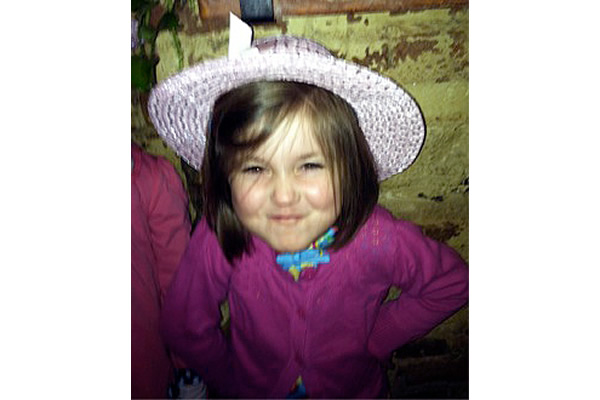
I have noticed that if you go into any bookstores that sell children’s books, the poetry section is quite thin. In some stores, children’s poetry books occupy one shelf. You will usually find something by Robert Louis Stevenson (commonly in an anthology) or something by Shel Silverstein. And there is an occasional book by other children’s poets. Many of the poems are basic rhymes; in that sense, Dr. Seuss stories are poems of a sort.
Keep this thought about children’s poetry in mind. Now ponder this:
I went to Rocky Neck last year, an artists’ colony on the shore in Massachusetts. I can’t really explain it, but children’s poems just keep leaping into my head. Not ones with rhymes, either. Normally, I write adult books (for serious readers on education and student success) and children’s stories (the prime series is Lady Lucy’s Quest). So, the poems dancing in my brain were novel. And, what’s even more surprising is that, unlike my other books, I seemed to remember the poems. They stuck in my head until I got my fingers to a keyboard. The poems leapt into my head everywhere and at every time of day and night. People would tell me stories or I’d see something in nature, and a poem would spring into my head.
The strangeness did not end there. I started drawing, something I rarely do (the last time was 1996 in a life drawing class at the 92nd St. Y in NYC with the amazing Enid Braun). I had a sketch pad and Cray-Pas and with each poem, an image popped into my head and then onto a page. Colorful, sometimes childlike, images emerged.
I shared the poems as I was writing them with other artists in Rocky Neck. People adored them. One fish artist used one of the poems in his art prints of fish. The poem was literally on his paper. A first grade teacher used one on the first day of school for her new first graders. Over the past months, I have read them with children and the results have been remarkable. The adult antipathy to poems did not exist. Children memorized lines from the poems – sometimes the whole poem. They did activities related to the poems. They played with words and wrote their own poems. Creativity abounded.
And so it was that Flying Umbrellas and Red Boats was birthed. With the help of my remarkable designer, my poems and drawings became a children’s poetry and activity book, and it will be released at Northshire Books in Manchester Center, VT on April 10th and then read with children at Molly Stark Elementary School (a 2017-2018 CLiF Year of the Book school) in Bennington, VT on April 11th. How wonderful. How exciting. How fun.
Whenever I am with children, I tell them they can ask me anything (I do the same thing when I do a reading with adults, except that I add they can ask anything within the realm of decency) and I will answer. I expect a myriad of questions about this book, the first of which might just be: What does the title mean and where did it come from?
Good question.
Start with the simple uni-dimensional answer: there are two poems in the book with similar names. One is titled “Flying Umbrellas” and the other is titled “A Red Boat.” Then, there are drawings of umbrellas and red boats throughout the book.
But, the title does more than repeat the names of the titles of two of the poems in the book. “Flying Umbrellas” is meant to signal imagination and the idea that poems can literally and figuratively take you to new places in your mind. We know that umbrellas do not really fly like airplanes but they can take flight. And, when unleashed in the wind, they do lift up. And, if one thinks of someone holding onto an umbrella in a strong wind, one can picture the umbrella, with a child attached, moving upwards into the air.
“Red Boats” reflects a more complicated notion. Yes, red boats are fun and bright. And whether a kayak or a sailboat or a row boat or a windsurfer, red boats dot the water. But, I was intrigued by a series of red boats drawn by a well-known Rocky Neck artist. She had small and large images of vast oceans with one red boat just floating there. It was almost too small to see in some of the paintings. She remarked, when describing her work, that for her, the red boat was a symbol of our isolation; we are often “out in a boat alone” and the question – the life question – is how we find our way to shore.
As I reflected, I had a very different reaction. I see being out in a red boat in the ocean as powerful, as a statement of the ability to fend for oneself, to wrestle with nature in the best sense and in so doing, to wrestle with oneself and one’s thoughts. That’s a good thing. And for children, realizing you can be alone without being lonely is a powerful notion.
When you read, you are alone often, but if what you are reading engages you, you are not alone. What a message to share in our crazy world: we all need to find our red boat and set sail so we can find our balance.
I hope this book empowers children and adult readers. I hope the activities make the poems come alive. I hope the words from the poems stick in the heads of readers and I hope they think about fish, boats, sand castles, shore lines and water differently. I hope readers will see the rain and sky and food and laundromats differently. I hope they see themselves differently, through a new prism.
So, I end this essay, as we celebrate Poetry Month, with this stanza from one of my poems. Say it aloud. Read it to a friend. Enjoy the power of words and the power of our imagination. It is from the poem “Fish Market Shore:”
Next time you go to a fish market
Pick a fish that resembles a house
You like best and cook and eat it
With relish, not as in hot dogs
But as in pleasure.
Karen Gross is an author, educator, consultant, and CLiF presenter. Her poetry collection Flying Umbrellas and Red Boats will be released at Northshire Books in Manchester Center, VT on April 10th.





